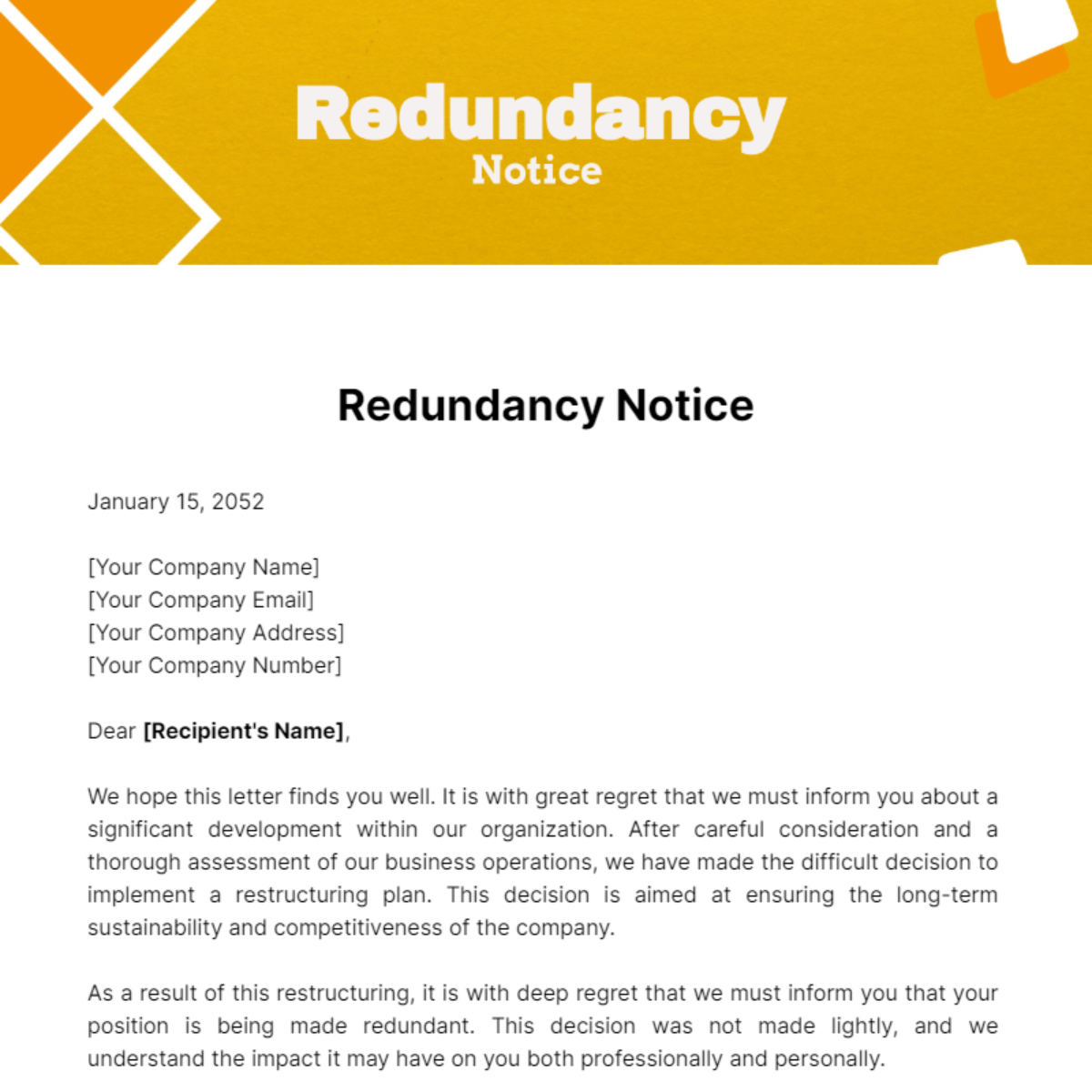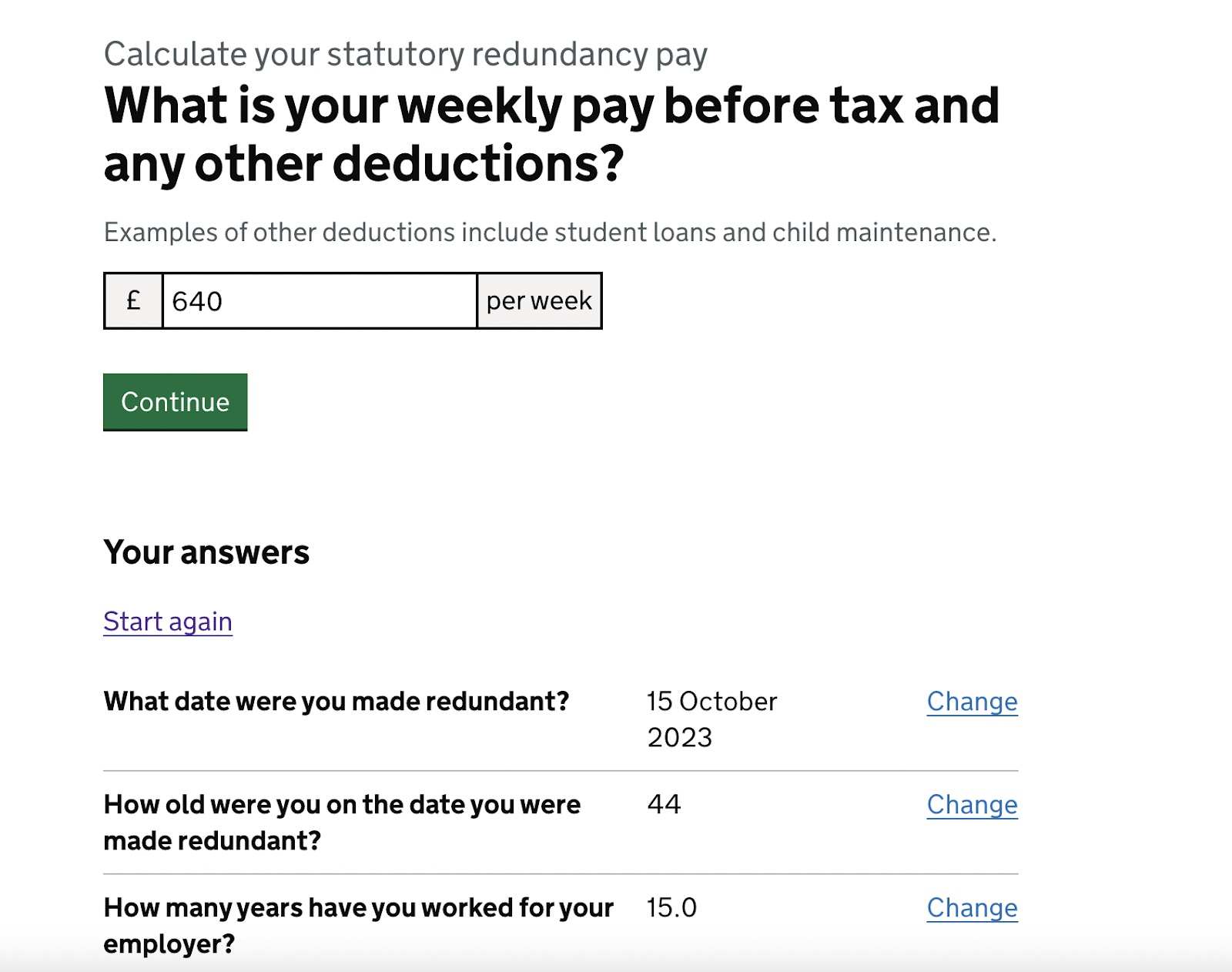If a Company Goes Bust Who Pays Redundancy? Legal Insights for UK Personnel
If a Company Goes Bust Who Pays Redundancy? Legal Insights for UK Personnel
Blog Article
Investigating the Interplay In Between Company Redundancy and Business Flexibility for Future Development
In the vibrant landscape of today's organization globe, the elaborate relationship in between business redundancy and organizational versatility emerges as an important aspect for sustained development and success. Business often face the obstacle of striking a delicate balance between preserving a degree of redundancy to minimize threats and fostering flexibility to respond quickly to the ever-evolving market needs.
Relevance of Company Redundancy
Company redundancy is an important aspect that enhances organizational durability and alleviates functional dangers. By integrating redundancy procedures within the business structure, business can better stand up to unpredicted disturbances and variations in business setting. Redundancy acts as a critical barrier, enabling business to adapt and respond properly to unanticipated obstacles without jeopardizing vital operations.
One trick facet of the value of business redundancy is its role in ensuring connection throughout times of dilemma. When faced with abrupt adjustments or emergency situations, repetitive systems, resources, or employees can action in to preserve essential functions and protect against prevalent interruptions. This continuity not just safeguards the business's credibility and customer trust fund however also lessens monetary losses and operational downtime.

Methods for Organizational Adaptability

An additional important method is spending in technology and infrastructure that can support flexibility and scalability. Carrying out electronic devices, automation, and information analytics can simplify procedures, improve efficiency, and offer useful understandings for educated decision-making. Furthermore, creating adaptable organizational structures that enable quick adjustments to market dynamics and customer needs is necessary for staying competitive in a rapidly evolving environment. By proactively identifying potential disturbances and possibilities, companies can proactively adjust and prosper in an ever-changing organization landscape.
Harmonizing Redundancy and Versatility
Achieving an unified equilibrium between functional redundancy and business adaptability is vital in navigating the complexities of a vibrant organization environment. Striking the right balance in between redundancy and flexibility is a delicate process that needs a deep understanding of the company's goals, industry dynamics, and threat resistance.
To attain this equilibrium, business require to carry out routine assessments of their procedures to determine locations where redundancy is essential for danger link mitigation and where flexibility can drive advancement and development. Carrying out flexible frameworks, fostering a society of constant understanding and enhancement, and motivating open interaction throughout all degrees of the organization are essential techniques to balance redundancy and versatility properly. By straightening these 2 crucial aspects, firms can position themselves for sustainable growth and success in an ever-changing business landscape.
Study on Adaptation Success
In examining instances of effective business adaptation, it ends up being noticeable that the interaction in between operational redundancy and adaptability is a defining element in shaping durable organizations. A DVD rental solution, Netflix demonstrated impressive versatility by transitioning into a streaming system when digitalization interrupted the sector. These situation studies underscore the significance of functional redundancy coupled with business versatility in cultivating long-term development and competitiveness.
Building Strength for Future Growth
Building resilience for future growth needs a critical placement of operational processes with market dynamics and arising patterns. Firms need to adapt to transforming settings by fostering a culture of versatility, advancement, and continual enhancement.
Furthermore, promoting strong relationships with stakeholders, such as consumers, workers, distributors, and the area, is necessary for maintaining and weathering uncertainties trust and assistance during unstable times. Efficient communication and openness play an essential function in structure resilience, as they assist help with and line up assumptions collaboration in navigating unpredictabilities.
In addition, organizations require to prioritize additional hints learning and advancement initiatives to upskill staff members and equip them with the required tools to adjust to transforming circumstances. By buying their workforce, firms can improve their versatility and agility, inevitably reinforcing their strength for sustainable future development.
Final Thought

In the dynamic landscape of today's organization world, the detailed relationship between firm redundancy and organizational versatility arises as a vital variable for sustained growth and success. Firms usually encounter the difficulty of striking a delicate equilibrium between keeping a level of redundancy to alleviate threats and fostering versatility to react promptly to the anchor ever-evolving market needs.To achieve this balance, business need to carry out routine evaluations of their procedures to identify areas where redundancy is essential for threat reduction and where adaptability can drive technology and development.In final thought, the interplay between business redundancy and business versatility is vital for future development. Structure strength through a mix of redundancy and versatility will make certain that companies are prepared for the difficulties of the future.
Report this page